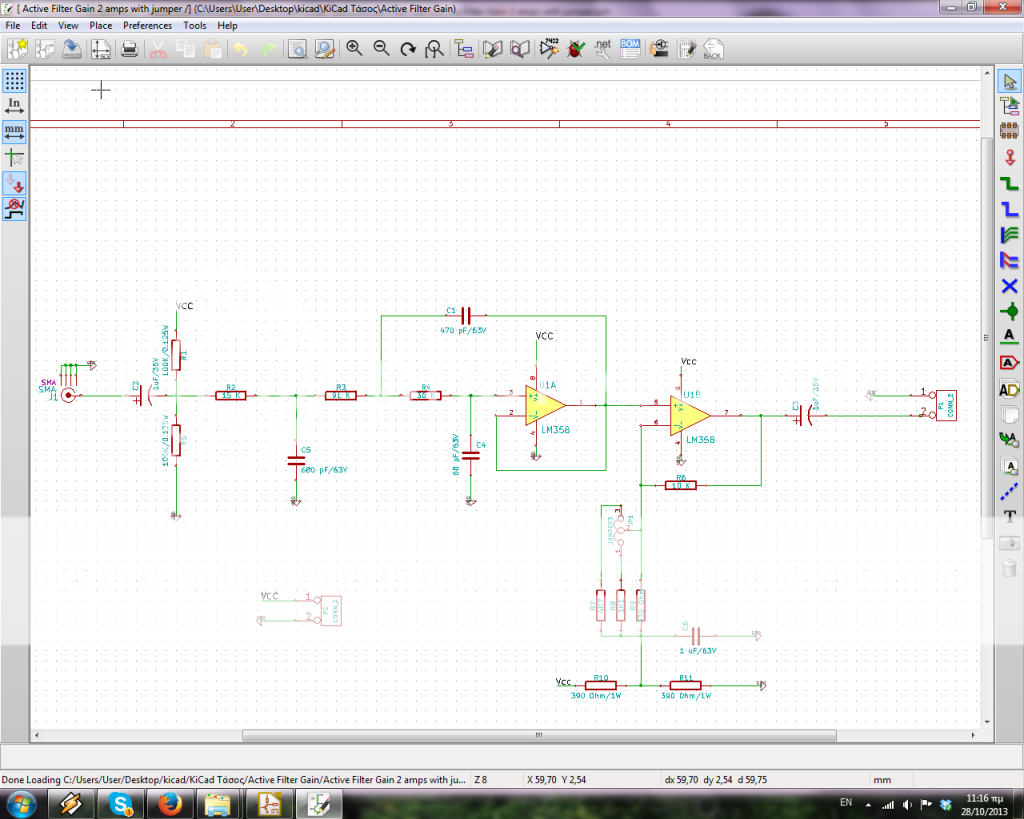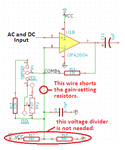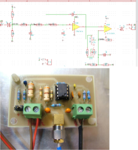Fovakis
Member level 5

- Joined
- Nov 15, 2012
- Messages
- 88
- Helped
- 1
- Reputation
- 2
- Reaction score
- 1
- Trophy points
- 1,288
- Location
- Greece,Athens
- Activity points
- 2,028
Hi! i want to calculate the Rinput and Routput of this Active Filter.
How can i do that?[URL=https://s1284.photobucket.com/user/fovos1/media/Circuit_zpsb91f9e29.png.html] [/URL]
[/URL]
How can i do that?[URL=https://s1284.photobucket.com/user/fovos1/media/Circuit_zpsb91f9e29.png.html]
 [/URL]
[/URL]





